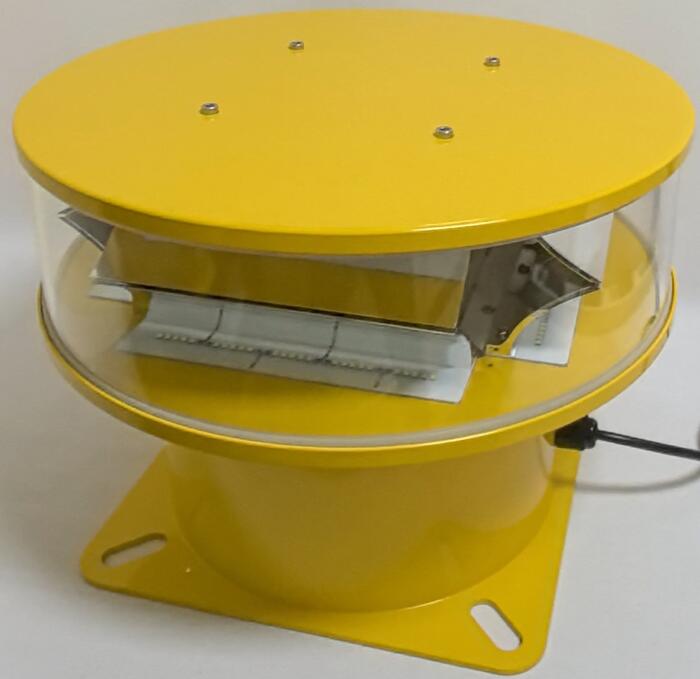Understanding the Obstruction of Light: Implications and Applications in Modern Science
The phenomenon of obstruction of light is a fundamental concept that influences various fields, from physics and astronomy to everyday technology. This article explores the science behind the obstruction of light, its implications, and its practical applications in modern life.
Introduction
Light, as a form of electromagnetic radiation, plays a crucial role in our understanding of the universe and the development of technology. However, the obstruction of light—whether by physical objects, atmospheric conditions, or other factors—can have significant effects on how we perceive and utilize light. This article delves into the causes, consequences, and applications of the obstruction of light, highlighting its importance in both scientific research and practical scenarios.
The Science Behind Obstruction of Light
The obstruction of light occurs when an object or medium blocks or alters the path of light waves. This can result in phenomena such as shadows, diffraction, and refraction. The extent of obstruction depends on factors such as the size of the obstructing object, the wavelength of the light, and the medium through which the light travels.
Shadows: When an object blocks a light source, it creates a shadow. The size and shape of the shadow depend on the relative positions of the light source, the object, and the surface on which the shadow falls. Shadows are a direct result of the obstruction of light.

Diffraction: When light encounters an obstacle or passes through a narrow slit, it bends around the edges, creating a pattern of interference. This phenomenon, known as diffraction, is another form of obstruction of light that demonstrates the wave nature of light.
Refraction: When light passes through a medium with a different density, such as air to water, its speed changes, causing it to bend. This bending, or refraction, is a result of the obstruction of light by the medium.
| obstruction of light |
Implications of Obstruction of Light
The obstruction of light has far-reaching implications across various fields, including astronomy, meteorology, and technology.
Astronomy: In astronomy, the obstruction of light by celestial bodies can provide valuable information about the universe. For example, when a planet passes in front of a star, it causes a temporary dimming of the star's light, known as a transit. This phenomenon allows astronomers to detect and study exoplanets.
Meteorology: In meteorology, the obstruction of light by clouds, dust, and other atmospheric particles affects weather patterns and climate. For instance, the scattering of sunlight by atmospheric particles can lead to phenomena such as sunsets and the blue color of the sky.
| obstruction of lights |
Technology: In technology, the obstruction of light is a critical consideration in the design of optical instruments, such as cameras, telescopes, and fiber optics. Understanding how light is obstructed helps engineers optimize the performance of these devices.
Practical Applications of Obstruction of Light
The obstruction of light is not just a scientific concept; it has practical applications in various industries and everyday life.
Photography and Cinematography: In photography and cinematography, controlling the obstruction of light is essential for creating desired effects. Techniques such as using diffusers, reflectors, and shadows help photographers and filmmakers manipulate light to achieve specific moods and compositions.
Medical Imaging: In medical imaging, the obstruction of light is utilized in techniques such as X-rays and CT scans. These methods rely on the differential absorption of light (or other forms of electromagnetic radiation) by tissues to create detailed images of the body's internal structures.
Solar Energy: In the field of solar energy, understanding the obstruction of light is crucial for optimizing the efficiency of solar panels. Factors such as shading, dust, and the angle of sunlight can significantly impact the performance of solar energy systems.
Architecture and Design: In architecture and design, the obstruction of light is considered when planning the layout of buildings and spaces. Natural light is a valuable resource, and architects use techniques such as window placement, shading devices, and reflective surfaces to control and enhance the distribution of light within a structure.
Overcoming Obstruction of Light
While the obstruction of light can pose challenges, advancements in technology and science have led to innovative solutions to mitigate its effects.
Adaptive Optics: In astronomy, adaptive optics systems use deformable mirrors to correct for the distortion of light caused by the Earth's atmosphere. This technology allows telescopes to produce clearer and more detailed images of celestial objects.
Anti-Reflective Coatings: In optics, anti-reflective coatings are applied to lenses and other surfaces to reduce the obstruction of light caused by reflections. This improves the clarity and efficiency of optical devices.
Light Diffusion Techniques: In photography and lighting design, diffusers are used to soften and spread light, reducing harsh shadows and creating a more even illumination. This technique helps overcome the negative effects of the obstruction of light.
The obstruction of light is a fundamental concept with wide-ranging implications and applications. From the shadows cast by everyday objects to the advanced technologies used in astronomy and medical imaging, understanding how light is obstructed allows us to harness its power more effectively. As science and technology continue to evolve, the study of the obstruction of light will remain a vital area of research, driving innovation and improving our ability to interact with the world around us.
In summary, the obstruction of light is not merely a physical phenomenon but a gateway to deeper insights and practical solutions. By exploring its causes, effects, and applications, we can better appreciate the intricate role that light plays in our lives and the universe. Whether in the lab, the studio, or the field, the obstruction of light continues to illuminate new possibilities and challenges, shaping the future of science and technology.
